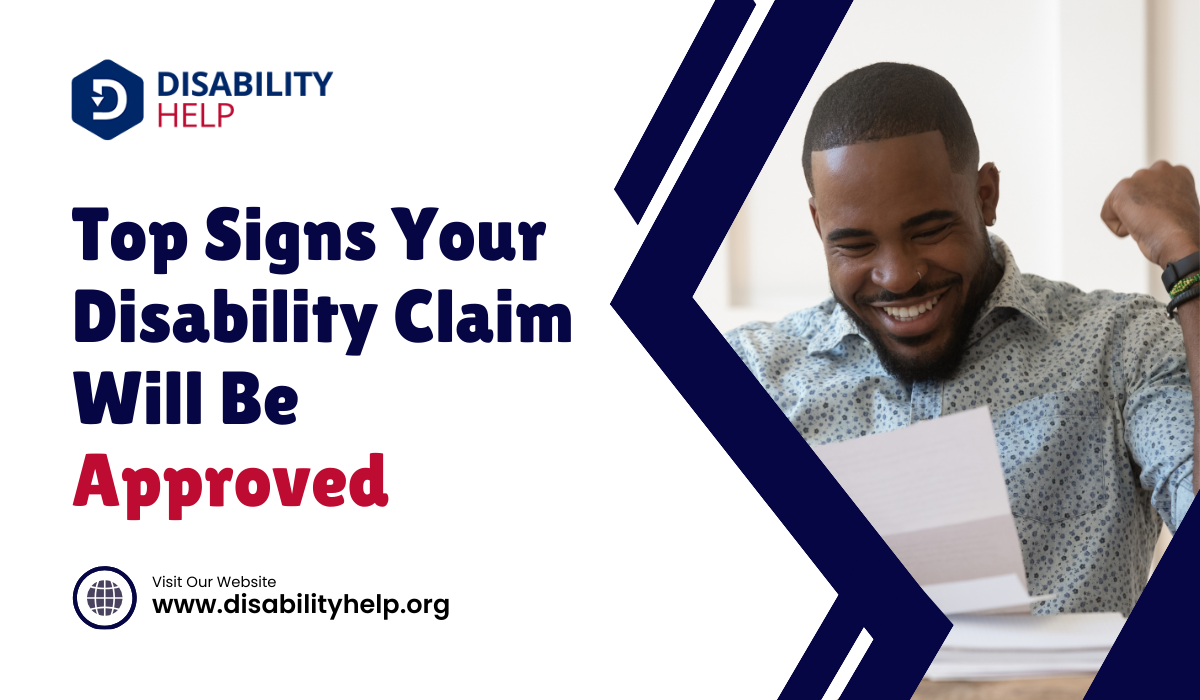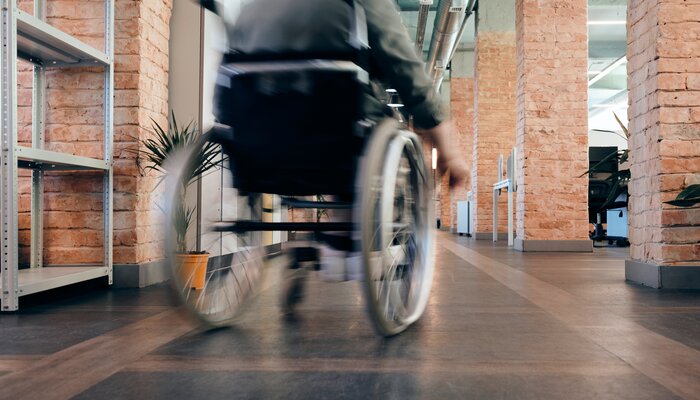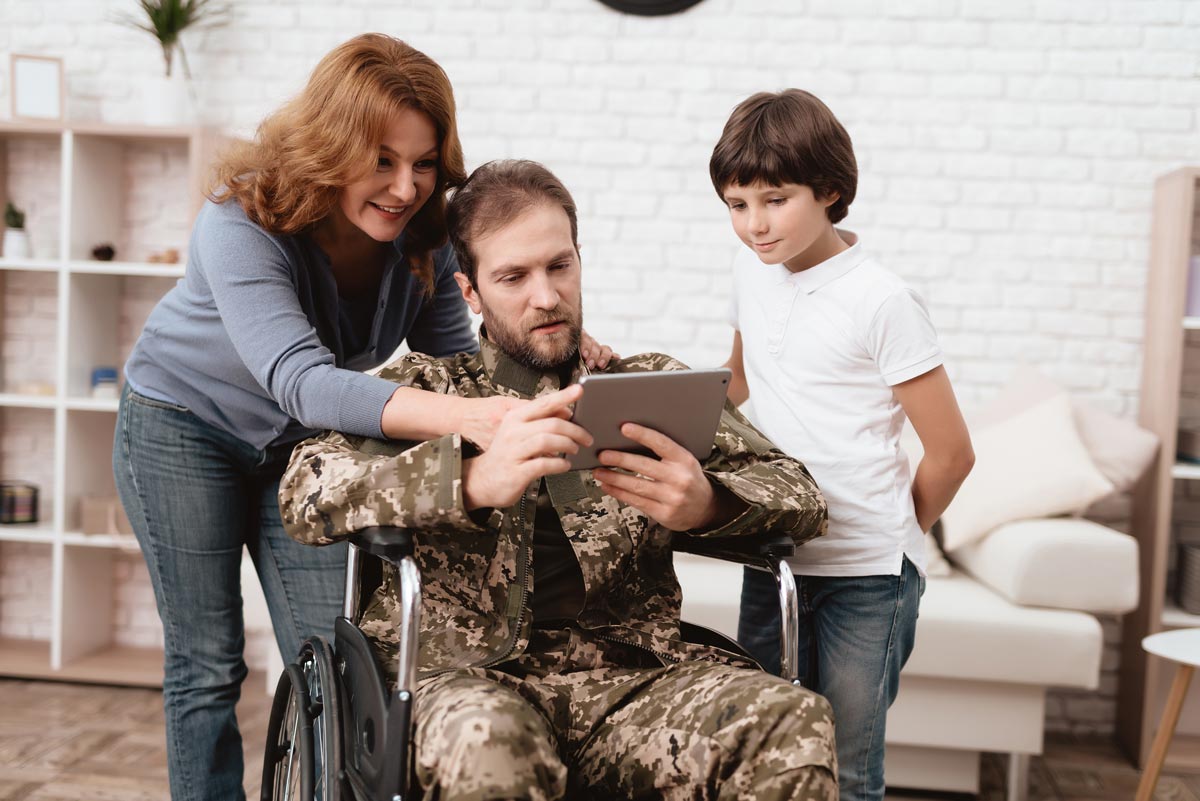When accidents happen, we've got to act responsibly and efficiently to handle the situation. First, let's prevent collisions by adjusting our driving to road conditions and maintaining safe distances. Post-crash, guarantee everyone's safety, and check for injuries. Contact the police when necessary and move vehicles safely. Always exchange insurance information with those involved and document the scene thoroughly with photos and witness details. Finally, work closely with insurance to handle claims. These steps are essential, but there's more we can do to manage accidents responsibly.
Key Takeaways
- Slow down and adjust driving to road conditions to prevent accidents.
- Ensure safety and check for injuries immediately after a crash.
- Contact police for any injuries, fatalities, or suspected intoxication.
- Exchange insurance information and document accident details thoroughly.
- Take clear photos of the accident scene for insurance claims.
Avoiding Collisions
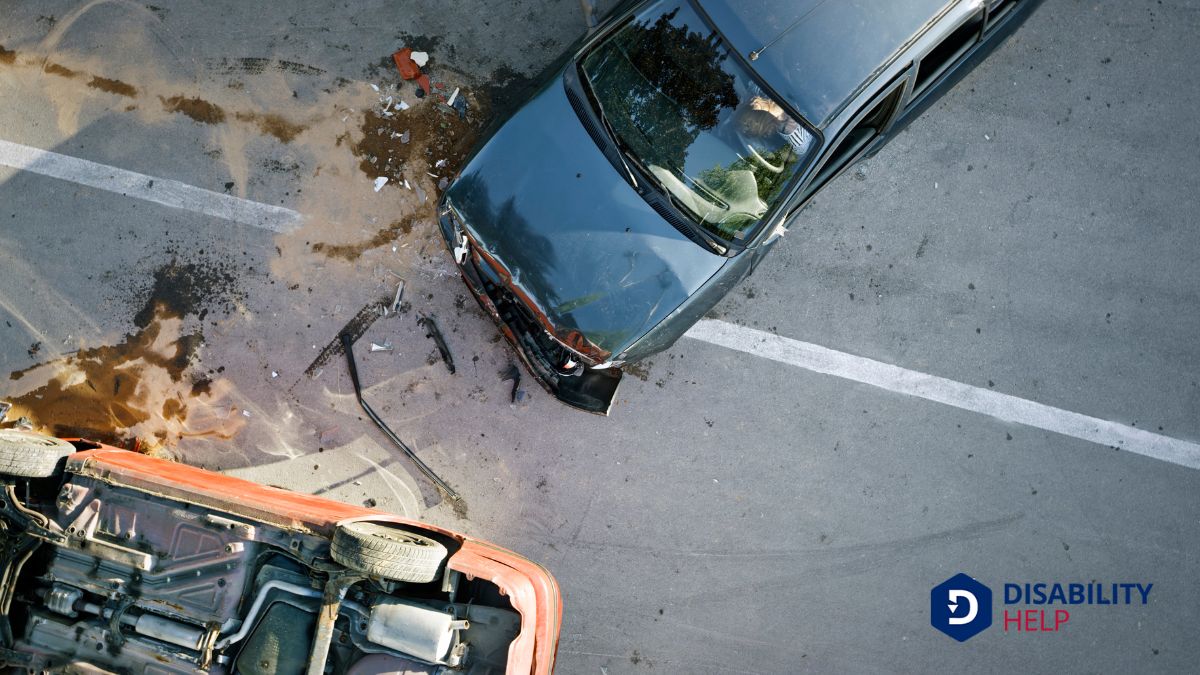
Although driving can sometimes feel routine, we must always remain attentive to avoid collisions. Car accidents not only endanger our lives but also result in higher insurance premiums and complicated claims. To minimize these risks, we should adopt several key practices.
First, slowing down and driving according to road conditions is important. Speeding increases the likelihood of accidents and reduces our ability to react to unexpected hazards. By maintaining a safe following distance, we give ourselves the necessary time to respond to sudden stops or changes in traffic flow, reducing the chance of rear-end collisions.
Signaling every turn and lane change is another vital habit. This simple communication helps other drivers anticipate our actions, making the roads safer for everyone.
Additionally, before entering an intersection, looking both ways can prevent crashes with oncoming traffic, as intersections are common sites for accidents.
Lastly, yielding to other drivers and practicing courteous driving can greatly decrease the probability of car accidents. Courtesy fosters a cooperative driving environment that promotes safety. By implementing these strategies, we not only protect ourselves but also maintain our insurance information, which remains untarnished by avoiding unnecessary claims.
Immediate Steps Post-Crash
In the aftermath of a collision, our immediate priority should be ensuring everyone's safety and addressing any injuries. First, let's check ourselves and others for injuries, providing assistance where necessary. If anyone needs urgent medical attention, call emergency services right away.
Next, we should move our vehicles to the side of the road if it's safe to do so. This helps prevent further accidents and guarantees the accident scene is clear for other drivers. Keeping safety in mind, switch on hazard lights to warn approaching traffic.
Once we've secured the scene, it's essential to contact the police. They'll address any traffic infractions and create an official incident report, which is vital for insurance claims and legal purposes.
When discussing the accident with the police, stick to the facts and avoid admitting fault. It's best to let the authorities and insurance companies determine responsibility.
If we're driving for work, don't forget to notify our employer according to the company's fleet policy. Reporting the accident promptly guarantees that all necessary steps are taken to comply with workplace regulations.
When to Contact the Police
After a collision, knowing when to contact the police is important for ensuring everyone's safety and fulfilling legal requirements. If there are any injuries or fatalities, we must call the police immediately. Their presence is critical for providing medical assistance and documenting the incident.
In cases where the vehicles can't be moved from the crash site, contacting the police is necessary to manage traffic and prevent further accidents. It's also essential to call law enforcement if we suspect a driver is intoxicated. Intoxicated driving is a serious offense, and police intervention can prevent further harm.
If a driver involved in the accident doesn't have insurance, notifying the police helps us obtain a police report, which insurance companies often require when processing claims.
Additionally, should a driver flee the scene, contacting the police is necessary. A hit-and-run is a criminal act, and police can help track down the responsible party.
Proper Vehicle Movement
Let's discuss how we should manage our vehicles immediately after an accident.
First, we need to evaluate the collision area and, if possible, safely relocate our vehicles to the side of the road.
To guarantee everyone's safety, it's vital to signal to others using hazard lights, cones, flares, or warning triangles.
Assess Collision Area
Before we think about moving our vehicles after a collision, evaluating the collision area is important to prevent further harm or injuries. First, we need to assess the collision area by examining the vehicles involved and the surroundings. Are there any leaking fluids? If so, this could be a fire hazard. Look out for downed power lines, which are highly dangerous. Oncoming traffic is another big concern—we don't want to end up causing another accident.
Next, we should check for obstructions or debris that might impede moving our vehicles safely. Broken glass, car parts, or even road signs can pose significant risks.
It's vital to make sure that all occupants are out of harm's way before any vehicle movement. Safety is our top priority, so we should turn on hazard lights and use warning signals to alert other drivers of the situation.
Relocate Safely
When it's safe to do so, we should move our vehicles to the side of the road to prevent further accidents. This step is vital for our safety and the safety of other drivers. By relocating our vehicles, we reduce the risk of additional collisions and create a safer environment for everyone involved.
Once we've moved our cars, we need to turn on our hazard lights immediately. This alerts other drivers to the accident and helps them navigate around us safely. If we've warning devices like cones or triangles, placing them around our vehicle can further enhance visibility and caution others to slow down.
In situations where it's impossible to move the vehicle, it's best to stay inside with our seatbelts fastened until help arrives. This guarantees we're protected from oncoming traffic and other potential hazards. Throughout this process, it's important to remain calm and collected.
Having our auto insurance information handy is also crucial. We should keep our insurance card in an easily accessible place so that we can provide necessary details to authorities or other parties involved. Taking these steps guarantees we're acting responsibly and efficiently in the aftermath of an accident.
Signal to Others
Signaling our intentions on the road is important for preventing accidents and guaranteeing smooth traffic flow. When we use our turn signals properly, we give other drivers a clear indication of our intended movement. This simple action can greatly reduce the likelihood of accidents. Statistics show that failure to signal is a leading cause of accidents and contributes to road confusion.
We should signal at least 100 feet before turning or changing lanes, allowing other drivers ample time to adjust. This practice not only promotes safety but also helps avoid the complications that come with being identified as the at-fault driver in an accident. Proper signaling can save us from hefty car insurance premiums that often follow such incidents.
Even if we think no one's around, it's important to signal. Unexpected vehicles or pedestrians might be present, and signaling guarantees everyone's safety.
Additionally, always check our blind spots and mirrors before making any lane changes, even after signaling. This double-checking step is crucial to avoid collisions.
Exchanging Information
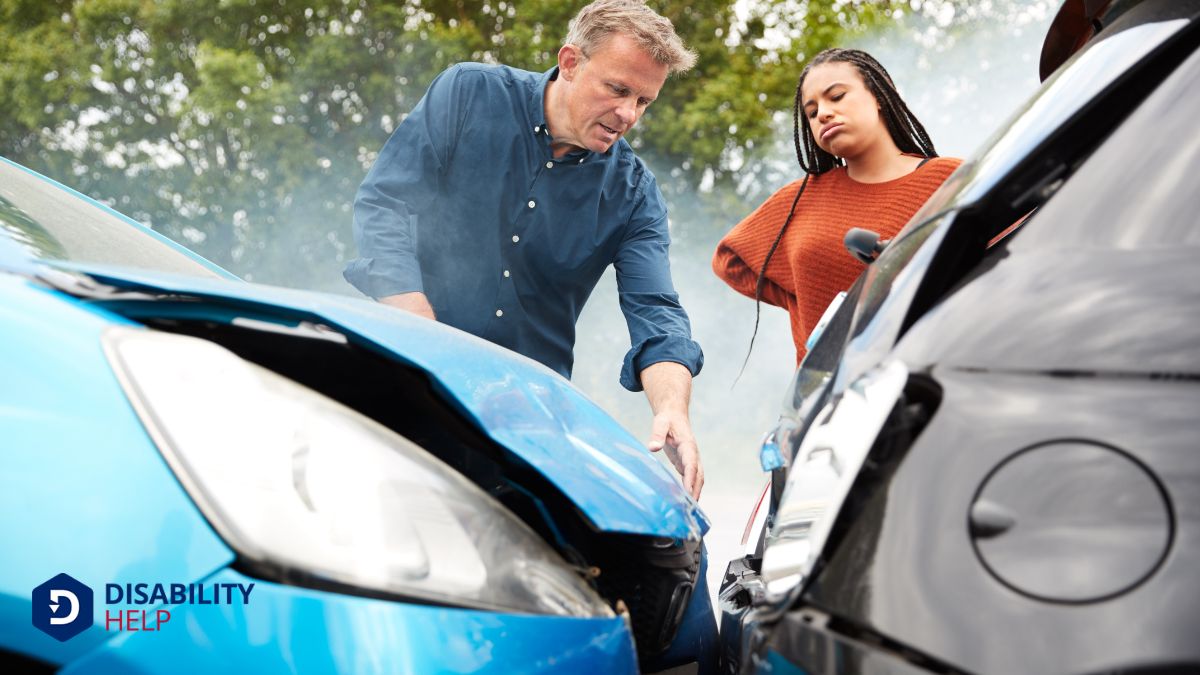
When we're involved in an accident, exchanging important contact details and insurance information with the other driver is vital. Let's make sure we also document the accident facts, such as the location and witness information. By doing this, we can protect ourselves and guarantee a smoother resolution process.
Essential Contact Details
Exchanging necessary contact details after an accident isn't just polite; it's an important step in the resolution process. We need to swap names, addresses, phone numbers, and insurance information with the other driver. This shows that both parties can effectively process their claims with their respective insurance companies. Don't forget to include driver's license details as well.
We should also note the precise location of the crash and gather any witness information. This assists in providing precise details for insurance claims and can be pivotal in determining fault.
Let's remember to exchange the names of our insurance companies and policy numbers. This step is crucial for facilitating the claims process and ensuring everything runs smoothly.
In situations where we encounter a hit-and-run or an accident involving an unattended vehicle, leaving a note with our contact details and insurance information is necessary. This displays responsibility and helps in resolving the issue.
Being thorough and accurate during this exchange is essential. It not only aids in resolving insurance claims but also plays a role in determining fault. By providing complete information, we can guarantee a smoother, quicker resolution to the accident.
Insurance Information Exchange
Moving from gathering important contact details, we now focus on the specifics of exchanging insurance information. It's vital to exchange names, addresses, phone numbers, insurance details, and driver's license information with the other driver involved in the accident. Without this step, we could face fines or even legal consequences.
First, let's make sure we show our insurance card to the other driver and provide all necessary information as required by law. This includes noting the location of the crash, which can be useful for both insurance claims and any potential legal proceedings.
Don't forget to gather witness information too, as their accounts can support our claims.
Once we've exchanged insurance information and driver's license details, we must promptly inform our insurance company about the collision. This initiates the claims process and helps avoid any delays. By taking these steps, we protect ourselves and guarantee a smoother resolution to the accident.
Documenting Accident Facts
Documenting accident facts is important for a smooth claims process and legal protection. After an accident, we need to exchange names, addresses, phone numbers, insurance details, and driver's license information with the other driver. This information is vital when we file a claim with our insurance company.
Let's make sure we note the exact location of the crash. This can be useful for both insurance claims and any potential legal issues. If there are witnesses, we should gather their contact information as well. Witnesses can provide unbiased accounts, which might be crucial later.
Carrying a pen and paper in our vehicle is a simple but effective way to make sure we can quickly jot down all necessary details. Staying calm and courteous during this exchange will facilitate a smoother process.
It's important to provide our insurance information and obtain it from the other driver. These details are needed for both parties when filing claims.
Working With Insurance
Gathering the necessary insurance information at the accident scene is important for guaranteeing a smooth claims process later on. We should make sure to get the other driver's name, phone number, insurance company name, and policy number. This information is vital, especially when dealing with personal injury claims and medical bills that may arise from the accident.
Once we're back home, filing a claim with the other driver's insurance becomes the next step. We'll need to provide all the necessary documentation and details to support our claim.
However, be prepared for potential issues like denial of fault, shared liability, or even insufficient coverage from the other driver's insurance. It's not uncommon for these hurdles to appear, and knowing this helps us stay prepared.
If the other driver's insurance falls short, our own car insurance might come to the rescue. We can look into using our collision coverage, uninsured/underinsured motorist coverage, or medical payment coverage to address any gaps.
In cases where claims are denied or payments are disputed, seeking assistance from the Texas Department of Insurance (TDI) or legal help can be beneficial. Staying proactive and informed guarantees we handle the insurance process efficiently and effectively.
Documenting the Scene
One of the first steps we should take after an accident is to meticulously document the scene. This not only helps us provide accurate information to our insurance companies but also assists law enforcement in understanding the circumstances surrounding the accident. By capturing specific details, we can guarantee that all necessary information is available for legal and medical purposes.
Here's a checklist to guide us in documenting the scene:
- Take clear photos of all vehicles involved from multiple angles to capture the extent of damage.
- Write down the date, time, and location of the accident to provide specific details for insurance claims.
- Record the weather conditions and any road hazards that may have contributed to the accident.
- Collect contact information from witnesses who can provide statements about the events leading up to the crash.
- Keep a detailed log of any injuries sustained by yourself or others involved for medical and legal purposes.
Frequently Asked Questions
What 3 Things Are Your Top Priorities at an Accident Scene?
Our top three priorities at an accident scene are checking for injuries to make sure everyone's safe, contacting the police to report and document the incident, and moving vehicles aside to prevent further accidents and guarantee safety.
What Are Your Responsibilities if You Are Involved in an Accident?
Our responsibilities if we're involved in an accident include checking for injuries, moving vehicles if possible, exchanging information, contacting the police when necessary, and notifying our insurance company promptly to start the claims process. Let's guarantee safety first.
What Are the Six 6 Things You Must Do if You Involved in an Automobile Accident?
If we're involved in an automobile accident, we should: stay at the scene, move our vehicles safely, call for medical help if needed, contact the police, exchange information, and avoid admitting fault or discussing details.
What Is the #1 Thing Drivers Do That Leads to Car Accidents?
It's common knowledge that the number one cause of car accidents is texting while driving. It takes our eyes off the road for about 5 seconds, which is enough time to travel the length of a football field.
Conclusion
Let's remember, taking responsibility as drivers isn't just about following laws—it's about ensuring everyone's safety. By avoiding collisions, knowing what to do post-crash, contacting police when necessary, moving vehicles properly, exchanging information, working with insurance, and documenting the scene, we can handle accidents more effectively. Let's commit to these practices, keep our roads safer, and protect each other. Safe driving!


